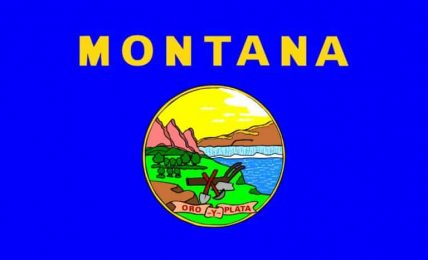Disclaimer. I am not a licensed health practitioner. This is just
another post on an item you might wish to
have available if needed so that a physician can treat you and your
family as best as possible. No medication, including those available
over the counter, should be taken without consulting a physician.
Information shared here is for educational and entertainment purposes
only. It is not medical advice nor a substitute for licensed medical
care. A qualified, licensed physician or other medical provider should
be consulted before beginning any herbal or conventional treatment.
Mullein, Verbascum thapsus,
is a biennial herb that produces large, broad leaves the first year and
a tall yellow flower spike the second year. The second-year leaves are
more potent than the first. Like gumweed, it favors disturbed soils of
roadsides, trail sides, and field edges. It proliferates following
fires.
Time to harvest. For maximum potency, harvest mullein leaves in
the first year or early in the second year. The taproot is best
harvested in the first year. Flowers should be harvested fresh.
Medicinal uses. Mullein is of greatest benefit in helping the
respiratory and urinary tracts. It is used as a mild diuretic, and for
urinary tract infections, including bladder infections and chronic
cystitis, and prostate inflammation. It is an effective bronchodilator
and expectorant with some efficacy against Klebsiella pneumoniae and Staphylococcus aureus,
and as such is an excellent adjunct for pharmaceutical antibiotic
regimens for upper respiratory infections. It also combines well with
lomatium. And it is a good drawing herb for bites, including
snakebites.
Preparation. Mullein root, leaf, and flower are prepared in a variety of ways, depending on the purpose.
- Root. This is best for urinary tract infections.
- Leaf. This is also for UTIs, but it’s not as effective as the
root. A leaf infusion or syrup soothes inflamed membranes of bronchi
and trachea well and is especially effective for dry coughs. In a
poultice, it is a good drawing herb for skin infections and abscesses. - Flower. The tincture or oil combined with garlic is the
time-honored remedy for ear infections, as long as the eardrum has not
ruptured. It is a better bronchodilator than the leaf, as well as a
better expectorant. While it is also good for asthma, mullein is not as
effective as gumweed. The flowers in a salve, tea, or tincture are
very effective against herpes cold sores.
Tincture.
- Dried leaf or root. In a 1:5 ratio (1 part herb by weight to 5
parts alcohol by volume), soak in 50% alcohol for 3-4 weeks in a cool,
dark place, shaking daily. Strain. Dosage is 30-60 drops, 2-3 times
per day.
- Fresh flower stalk. In a 1:2 ratio (1 part herb by weight to 2
parts alcohol by volume), soak in 50% alcohol for 3-4 weeks in a cool,
dark place, shaking daily. Strain. Dosage is 20-40 drops, 2 times per
day
Infused oil. Place fresh flowers in a small canning jar and
cover with olive oil. Let sit on a sunny windowsill for 7-10 days.
Strain, and pour into a dark glass bottle. For ear infections, use one
drop in children under ten years of age, two drops in older individuals,
three to four times per day.
A hot method of preparation produces the mullein oil much more quickly.
Simply put one cup of mullein flowers in a double boiler and add
one-half cup of olive oil. Heat on low for three hours. Cool, strain,
and store in a dark glass bottle. Dosage is the same as above.
Infusion. Pour one cup boiling water over 1-2 teaspoons dried
leaves and/or flowers, cover, and steep for 10-15 minutes. Use 1-4
times per day for sore throat and upper respiratory infections.
Poultice. For skin infections and abscesses, powder mullein
flowers and leaves, and then mix with enough water to form a thick
paste. Apply this paste to the affected area and cover with gauze or
plastic wrap. If the paste/poultice can be heated, so much the better.
Links to related posts:
Gumweed
Introduction to Tinctures
For further reading:
Sam Coffman, The Herbal Medic, pp 260-62.
Charles W. Kane, Medicinal Plants of the Western Mountain States, pp 209-11.
Stephen Harrod Buhner, Herbal Antibiotics, p 379.



